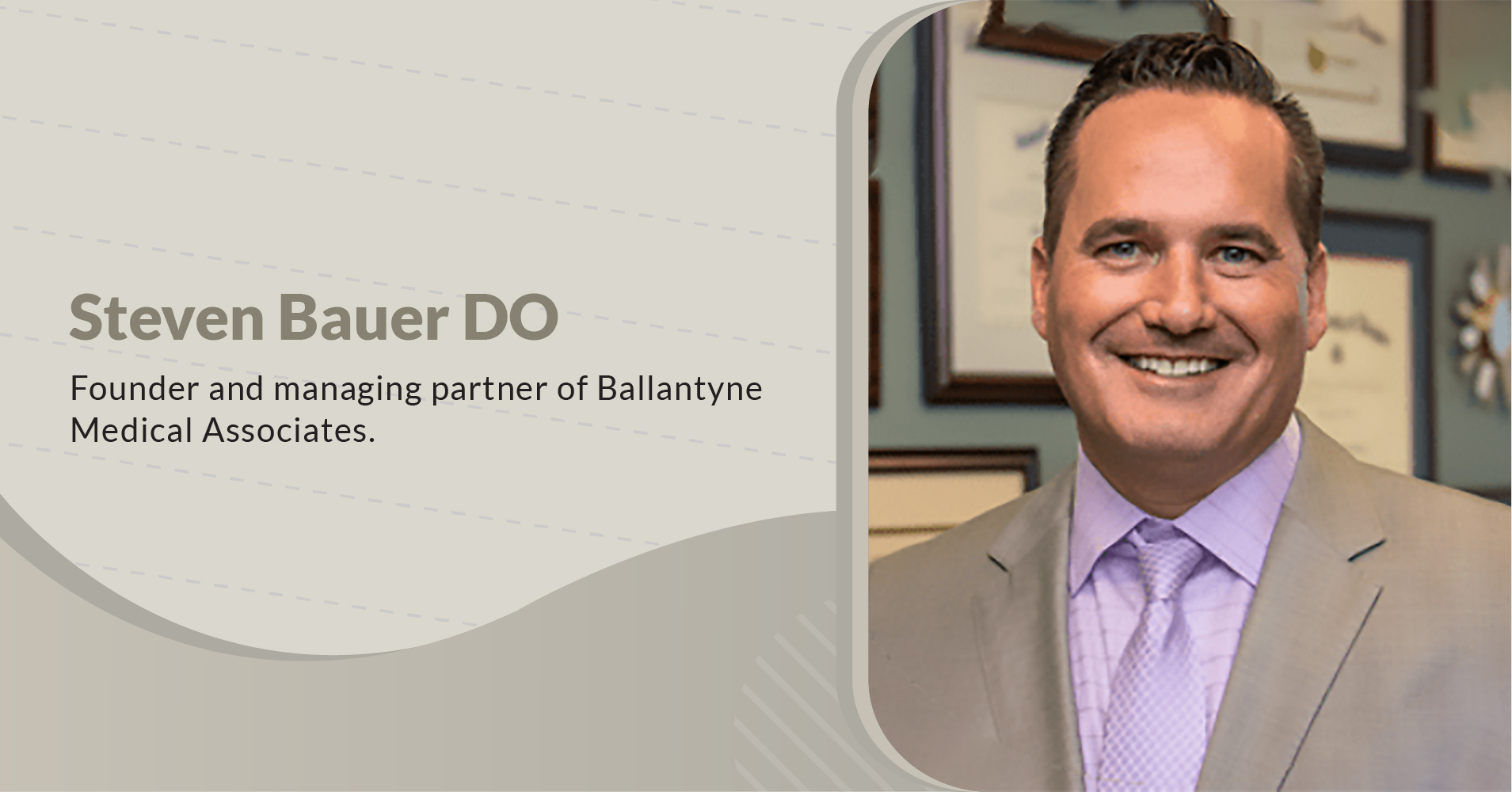
In the ever-evolving healthcare landscape, Physician Assistants (PAs) have emerged as indispensable pillars, bridging the gap between doctors and patients. These healthcare heroes are trained rigorously to handle a broad spectrum of medical duties, ensuring that quality care is delivered efficiently and effectively. But what does it take to become a PA? This article delves into the intricate world of Physician Assistant training programs, shedding light on the rigorous education, hands-on experience, and rewarding careers that await these healthcare professionals.
Understanding the Role of a Physician Assistant
Before exploring the training programs, it’s essential to understand the vital role of a PA. Physician Assistants are licensed medical professionals who work under the supervision of physicians. They are trained to perform various tasks, including diagnosing illnesses, developing and managing treatment plans, prescribing medications, and even assisting in surgeries. PAs work in different healthcare settings, from hospitals and clinics to private practices and specialized medical fields.
The Journey Begins: Admission Requirements
The journey to becoming a PA starts with meeting stringent admission requirements. Most PA programs require applicants to have a bachelor’s degree, with a strong emphasis on science courses such as biology, chemistry, and anatomy. In addition to academic prerequisites, aspiring PAs often need to accumulate healthcare experience, which can be obtained through roles such as medical assistants, EMTs, or nurses.
Moreover, prospective students must take the Graduate Record Examination (GRE), submit letters of recommendation and personal statements, and often undergo an interview process. This comprehensive evaluation ensures that only the most dedicated and capable candidates are admitted into competitive PA programs.
The Core of PA Education: Didactic Phase
Once admitted, PA students embark on a two—to three-year educational journey, typically divided into two phases: didactic and clinical. The didactic phase focuses on classroom-based learning and covers various medical sciences and clinical medicine topics.
Real-World Training: Clinical Rotations
The clinical phase of PA education is where students gain hands-on experience in various medical settings. Clinical rotations are typically divided into core and elective experiences, allowing students to explore different specialties and hone their skills under the supervision of experienced healthcare professionals.
Elective Rotations:
Elective rotations allow students to explore specialized areas of interest, such as cardiology, orthopedics, dermatology, or oncology. This flexibility enables PAs to tailor their education to their career goals and areas of passion.
The Capstone: Certification and Licensure
Upon completing the didactic and clinical phases, PA students must pass the Physician Assistant National Certifying Exam (PANCE). This rigorous exam tests their medical and surgical knowledge, ensuring they are competent and ready to enter the workforce. Successful candidates earn the title of PA-C (Certified Physician Assistant).
In addition to national certification, PAs must obtain state licensure to practice. Requirements vary by state but generally include passing the PANCE, completing a background check, and paying licensure fees. Continuing medical education (CME) is also required to maintain certification and licensure, ensuring that PAs stay current with medical advancements and best practices.
The Rewarding Career of a Physician Assistant
A career as a PA offers numerous rewards, both professionally and personally. PAs enjoy a high degree of job satisfaction, with opportunities to impact patients’ lives meaningfully. The demand for PAs continues to grow, driven by an aging population, healthcare reforms, and the need for cost-effective care.
Challenges and Opportunities
While a career as a PA is rewarding, it also comes with challenges. PAs must navigate the complexities of patient care, manage high-stress situations, and stay abreast of medical advancements. However, the opportunity to make a significant difference in healthcare counterbalances these challenges.
Ongoing Professional Development:
The organization encourages PAs to pursue ongoing professional development through CME courses, conferences, and advanced certifications. Specializing in surgery, emergency medicine, or geriatrics can open doors to advanced roles and higher salaries.
Advocacy and Leadership:
PAs can advocate for their profession and patients, participating in healthcare policy discussions and leadership roles within medical organizations. This advocacy is crucial for advancing the PA profession and ensuring that PAs can practice to the full extent of their training and expertise.
The Future of Physician Assistant Training
As the healthcare landscape continues to evolve, the role of PAs will only become more critical. PA training programs are continually adapting to meet the demands of modern medicine, incorporating advancements in medical technology, telemedicine, and patient-centered care.
For those passionate about making a difference in healthcare, a career as a PA offers a fulfilling and dynamic path. The rigorous training and diverse clinical experiences prepare PAs to be versatile, compassionate, and skilled healthcare providers. As we look to the future, nurturing healthcare heroes through robust PA training programs will remain a cornerstone of delivering high-quality, accessible, and adequate medical care.
In healthcare, Physician Assistants stand as beacons of dedication and expertise. Though challenging, their journey profoundly impacts patient lives and the healthcare system. The training programs that shape these heroes are not just educational pathways but lifelines to a healthier, more compassionate world.